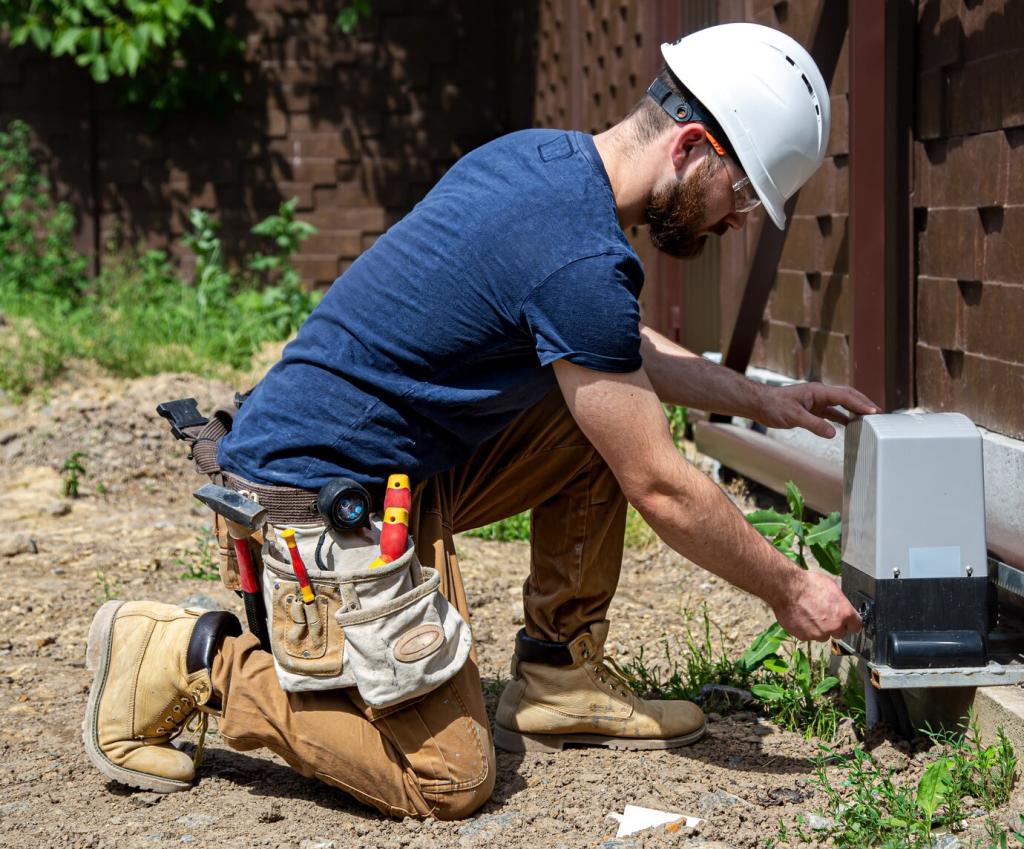Sustainable Products, Packaging, and Habits
Look for clear ingredient lists, plant-based surfactants, and recognized marks like EWG Verified, USDA BioPreferred, or EU Ecolabel. Avoid quats, chlorine bleach, and ammonia on wood. Transparent brands help you clean safely and responsibly every time.
Sustainable Products, Packaging, and Habits
Choose concentrated cleaners in recyclable or compostable packaging, and decant into a sturdy glass spray bottle. Refilling reduces plastic, cost, and clutter. Track what you truly use each month to avoid impulse purchases and product waste.
Sustainable Products, Packaging, and Habits
Host a neighborhood swap for extra cloths, brushes, and jars, and trade proven recipes. Your tip might rescue someone’s scratched sideboard. Comment with your city and we’ll help connect readers who love low-waste wood care.






